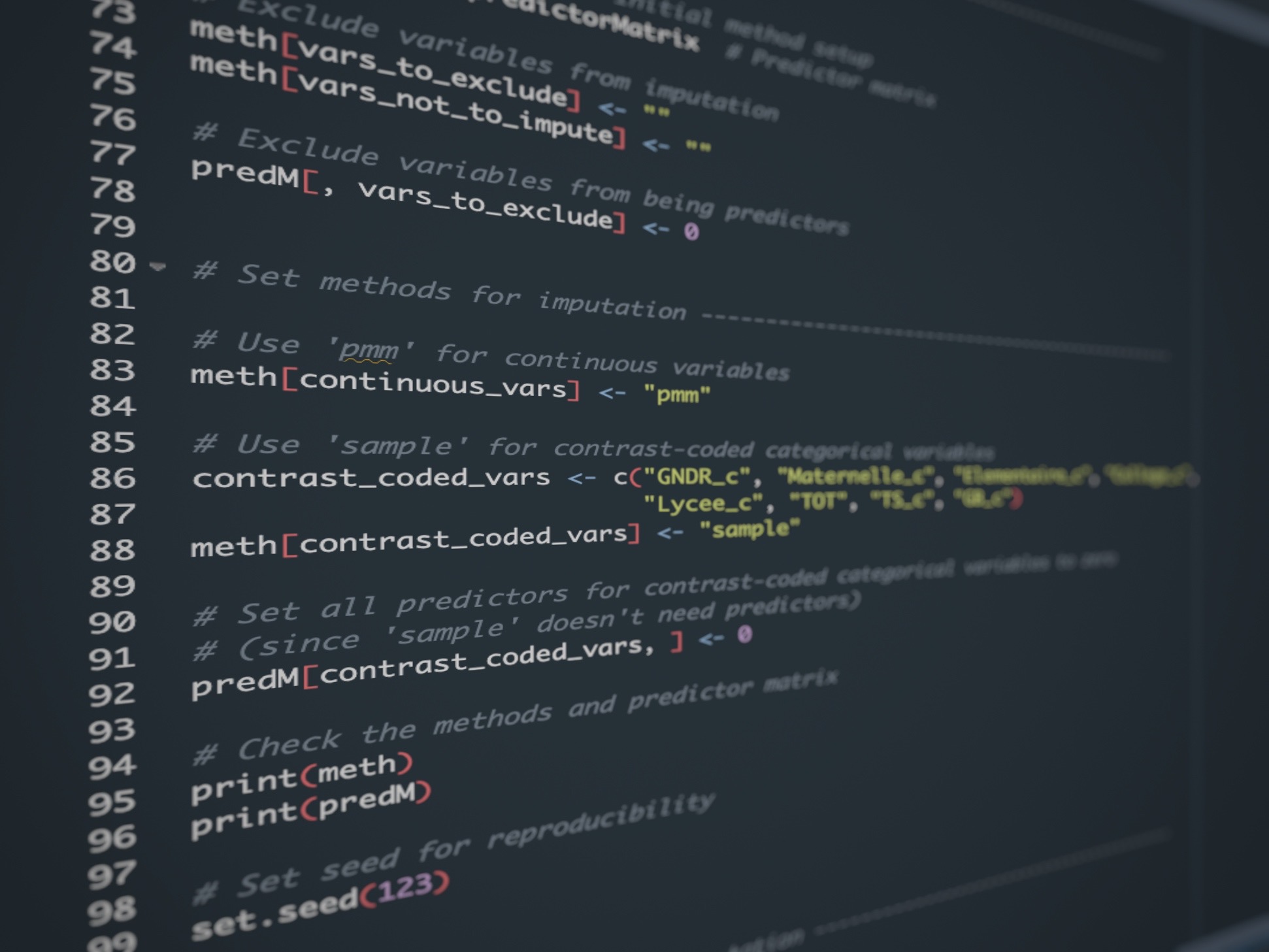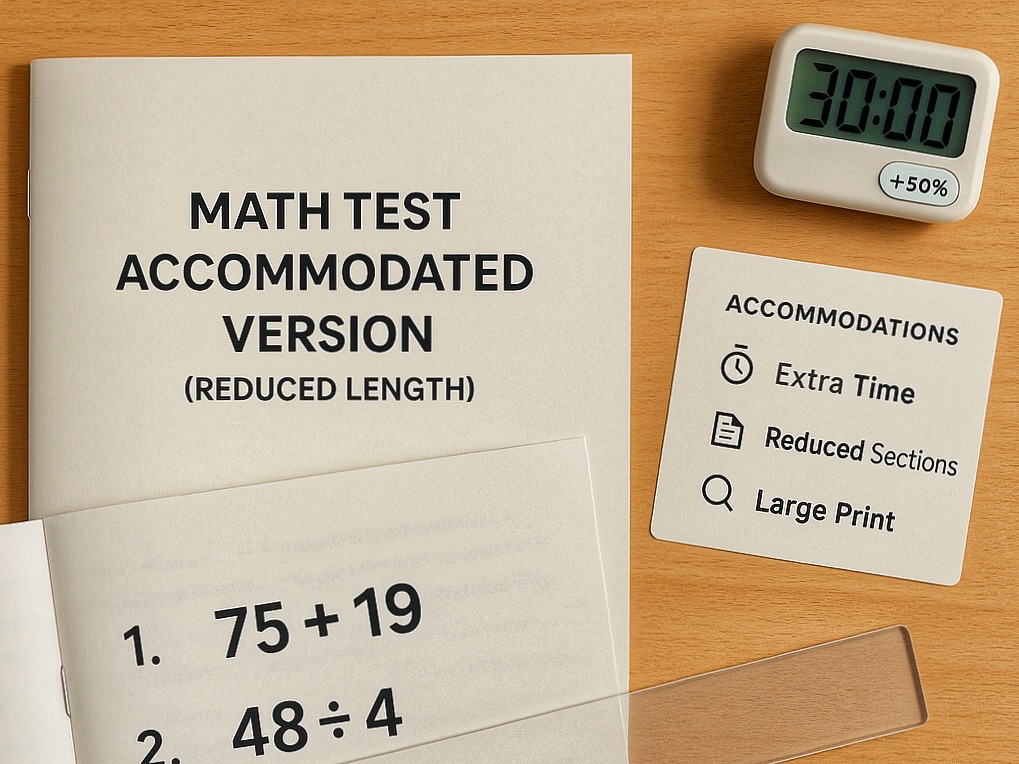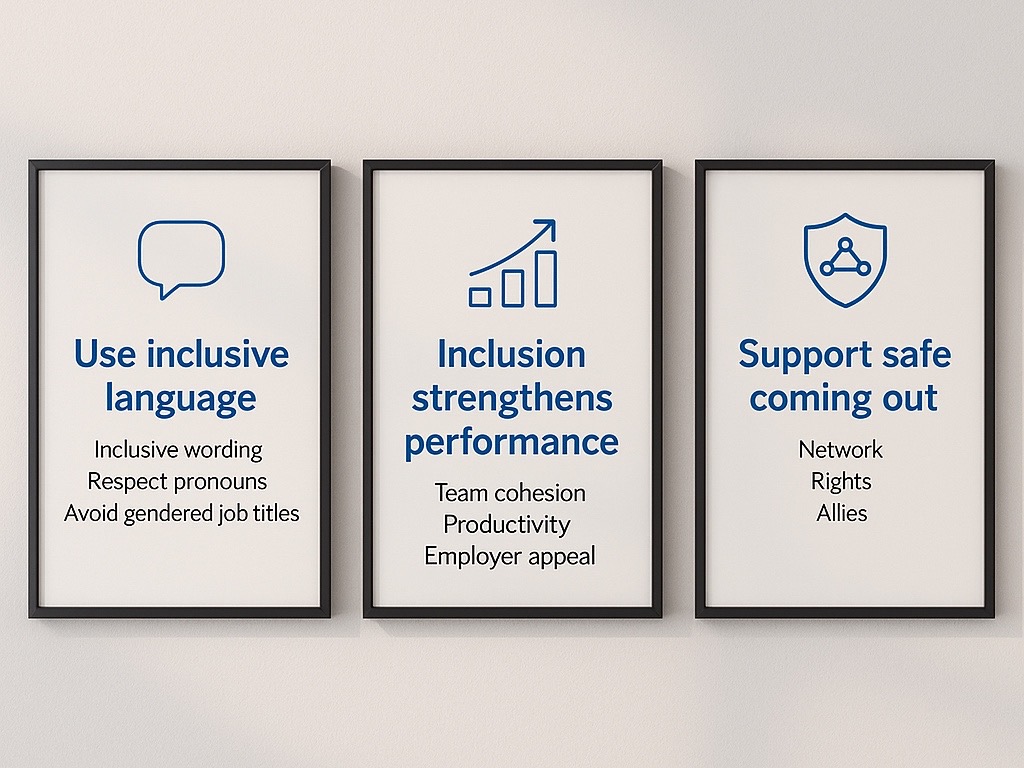Research & Policy
From data to action: studying inequality, inclusion, and policy
Methods
Quantitative designs, longitudinal models, SEM, R pipelines
Social Class
Educational trajectories, cultural (mis)match, resilience profiles
SEN
Teacher bias, fairness, exam accommodations
Assessment
SEI measurement, large-scale assessments, comparability
LGBTIQ+
Inclusive workplaces, policy guidance, evidence for practice
Methods

I take a flexible, problem-driven approach: I start with the question and choose, or learn, the methods that will answer it best. My work draws on national administrative education data, international assessments, and preregistered experiments.
Data
- Administrative education records (French Ministry of Education, DEPP); international assessments (e.g., PISA); multi-university surveys; preregistered experiments.
Designs & analyses
- Randomized behavioral experiments; quasi-experiments (e.g., difference-in-differences); longitudinal growth and multilevel models; structural equation modeling (SEM); systematic literature reviews.
Practice
- Analyses in R with fully reproducible pipelines; open science by default (preregistration, shared materials and code, and — where possible — data); transparent reporting so results can be scrutinized, replicated, and applied.
Why it matters. For me, methods are not an end in themselves. They’re tools to solve real problems in education and inequality, so policy can rely on evidence rather than assumptions.
SEN (Special Educational Needs)

I study when exam accommodations actually level the playing field, and how teachers’ perceptions shape grading and competence judgments.
Key findings
- Identical work was graded lower when SEN status was disclosed, unless teachers viewed the accommodation as fair.
- Not all accommodations are viewed equally: extra time and computer use are judged more fair and comparable; oral assistance or exemptions are seen as less comparable.
- The gap between “this feels fair” and “this is equivalent” reflects a persistent worry about maintaining ranking.
- Takeaway: fairness-focused teacher training can reduce bias and support genuinely inclusive assessment.
How I study it
- Preregistered, multi-study designs with teachers and school leaders in France, using realistic grading tasks and clear analysis plans.
Why it matters. Accommodations advance equity only when they work in practice and are seen as legitimate. By clarifying their purpose, aligning them with assessment criteria, and communicating this clearly to educators, schools can make support work as intended, ensuring fairness without undermining trust in results.
Assessment

I work on measures that policy can trust.
Key findings
- A systematic review of ~14,000 records mapped ~150 tools for social, emotional, and intercultural competencies and showed where current measures work, where they don’t, and why intercultural skills need much stronger coverage.
- Inclusion in large-scale assessments improves when we separate testability from SEN status and strengthen sampling and task design.
- Eye-tracking in Taiwan and Germany shows response processes differ and shift under social-desirability pressure, limiting cross-country comparisons based on self-reports.
How I study it
- Systematic reviews and tool mapping
- Design guidance for inclusion in large-scale assessments
- Response-process work with eye-tracking in cross-cultural samples
Why it matters. Policy and practice need measures that are valid, culturally responsive, and seen as legitimate by educators. Triangulating methods beyond surveys and designing inclusive assessments make the data strong enough to guide real decisions about teaching, resources, and equity.
LGBTIQ+

I study what makes inclusion real: how language, policies, and everyday practices shape whether LGBTIQ+ people can be open at work and thrive.
Outputs
- Employer guides for PROUT AT WORK: gender-inclusive language, getting started with LGBTIQ+ at work, coming-out support.
- Each translates research into concrete steps (e.g., inclusive job ads, benefits parity, clear reporting channels).
Mechanism
- Language and policy signal who belongs. Inclusive wording changes what people picture, broadens who applies, and supports performance and commitment across contexts.
Role
- I served for several years as the international representative of the German professional association VLSP* in IPsyNet (APA’s international LGBTIQ+ psychology network), connecting national groups and contributing to international policy statements.
Why it matters. Concealment is costly: when people have to hide who they are, health, focus, and productivity suffer. When workplaces make inclusion explicit and credible, satisfaction, retention, and performance improve. The payoff is human and organizational, and it starts with clear, evidence-based practices.
Social Class
I study how social class shapes students’ paths through school and university.
Key findings
Current work
Why it matters. If we understand how and when inequalities grow, we can design supports that respect different ways of being (not just one “right” student profile), make classroom and admissions practices more inclusive, and target recovery resources where they help most.